The phrase “Concorde Moment” is reserved for the handful of times one of humankind’s creations is discontinued and entire industries take a leap of regression as a result. It’s been nearly 22 years since the supersonic airliner took to the skies for the last time, and the world of aviation has never been the same since. Less than two years after that final flight, another Concorde Moment happened: The last Chevrolet Astro and GMC Safari rolled off the production line in Baltimore.
Flash back to 1985, and the Chevrolet Astro and GMC Safari offered glimpses of the future. Flush glass made an appearance on the Astro before making its way to the GMT400 pickup trucks, as did an aero-look front end with an air dam, and hidden drip rails. It all added up to a van that looked more futuristic than a Plymouth Voyager, even if underneath, it wasn’t exactly revolutionary.
Contrary to popular myth, the Astro is not body-on-frame. Like an old Camaro, it uses a massive K-member to mount the engine and transmission in the vehicle. The front suspension used upper control arms straight out of the B-body full-size sedans and wagons, but the powertrain selection and live rear axle with leaf springs was very S-10-ish, even if the leaf springs here were composite. The result was a rather literal interpretation of shrinking a full-size van down a bit, and like many GM products of the Smith era, there were some stumbling blocks.

For one, the Astro and Safari debuted as standard with a 92-horsepower 2.5-liter Iron Duke four-cylinder engine. Fine in a Fiero, but not enough grunt to pull the skin off a rice pudding in something like this, even when paired with a four- or five-speed manual transmission. Mercifully, the other available engine was Chevrolet’s 4.3-liter pushrod V6 from the full-size sedans, and with 145 horsepower and 225 lb.-ft. of torque, this was a far better match for the application.

When it came to use as a passenger van, the Astro and Safari were originally outclassed by the Chrysler minivan. Sure, the GM van had amazing space, but its traditional cab-forward packaging with an engine doghouse meant that the footwells were incredibly cramped compared to the Chrysler’s, and a height some 9.3 inches taller than the Chrysler hindered garage clearance. Still, thanks in part to the powerful available V6 and options like a comprehensive overhead console, swing-out rear door glass, and dual air conditioning, the Astro and Safari sold well enough to families. However, it sold even better to companies.

The same sort of traits that made the Astro and Safari suboptimal for family transport made it brilliant for commercial use. Its truckish nature meant it was often durable, its maximum rated towing capacity of 6,000 pounds when properly equipped blew the Chrysler minivans out of the water, its upright design and 1,700-pound payload capacity was great for hauling boxes and being a service vehicle, and seating for two, four, seven, or eight added huge flexibility depending on what you wanted to do with it. Plus, being much smaller than a big van, it was more economical to run than a G-series full-sizer.
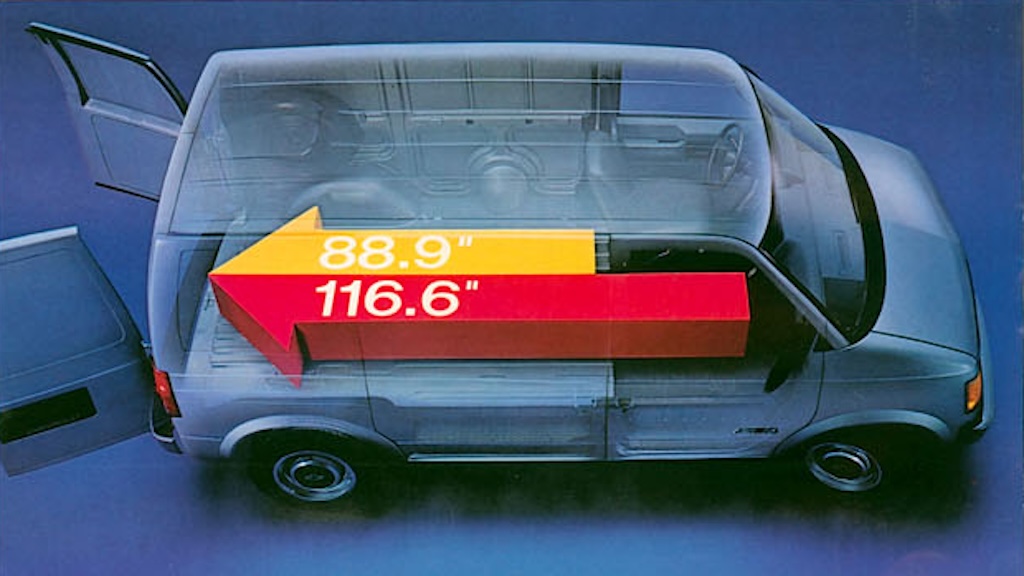
As a result, the Astro and Safari started appearing everywhere, in all sorts of roles. You were just as likely to see one in the school pick-up line as you would if you called a plumber to your house, and it became a defining commercial vehicle for America. Smaller and more refined than a full-size van, but still capable.

Over the years, updates rolled in. The four-cylinder engine was eventually discontinued, full-time all-wheel-drive, upper control arms from the half-ton trucks, and an available extended body style joined the party for 1990, and 1992 saw the greatest rear door arrangement of any minivan, Dutch doors. In this configuration, the rear window flipped up and two half-doors swung out to the sides, reducing swing space over a liftgate and improving rearward visibility over two traditional hinged rear doors. Perfect for the conversion van rush of the ’90s, which saw Astro and Safari vans gain sleeping quarters, high roofs, televisions, and all manner of road trip creature comforts.
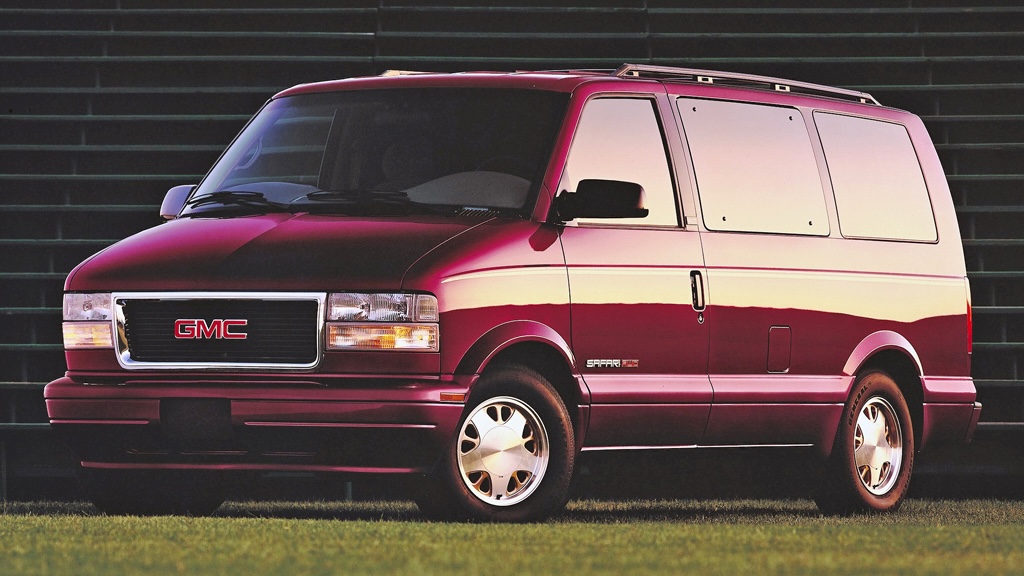
By 1995, these unusual mid-size vans were a decade old, but rather than admitting that the transverse front-wheel-drive layout that just about every other manufacturer adopted was superior, GM kept the Astro and Safari going alongside its front-wheel-drive minivans, doubling down on the inbetweeners. Not only were the vans restyled to mimic the Express full-size van, but the short-length bodystyle was dropped, equipment levels were beefed up, noise levels were tamped down, and the 4.3-liter V6 gained sequential fuel injection. While 190 horsepower was nothing to sneeze at, 250 lb.-ft. of torque at 2,800 RPM made for serious pulling power, and even though revised tow ratings had dropped to 5,500 pounds, that’s still plenty.
However, the Chevrolet Astro and GMC Safari had another problem by the mid-’90s, and that was a matter of safety. While it did okay in NHTSA frontal crash testing, the structural age of a mid-’80s vehicle really reared its head by the end of the grunge era. When the IIHS sent one of these vans into a deformable offset barrier at 40 MPH, the results weren’t pretty. Not great for families looking for a safe way to transport their children, but it didn’t do much to hamper the commercial appeal of these vans.

By 2002, the Astro and Safari were both ancient and some of the least crashworthy new vehicles on American roads. Production was initially slated to wind down in 2003, but incredibly, the midsize vans were still making GM money and selling tens of thousands of units, mostly to contractors and other fleet customers who wanted a little bit more than a minivan, so the General re-charted its course, this time to the end of the 2005 model year. As Automotive News reported:
GM has told workers of the decision. It had said earlier that there were no plans for the plant after the 2003 model year, spokesman Pat Morrissey said.
In part because of strong fleet sales, the rear-wheel-drive minivans remain profitable, Morrissey said.
When the Chevrolet Astro and GMC Safari finally left the new vehicle market, something interesting happened to these 20-year-old, ancient, unrefined vans. People who used them for work held onto them forever. It’s been two decades and yet you still occasionally see these vans were last made, but because they’re simple, tough, and relatively spacious yet relatively compact, nothing launched since has been able to touch it. The closest modern equivalent is the Mercedes-Benz Metris, and you can’t truly beat the brakes off of one of those without expecting at least some sort of repair bill.
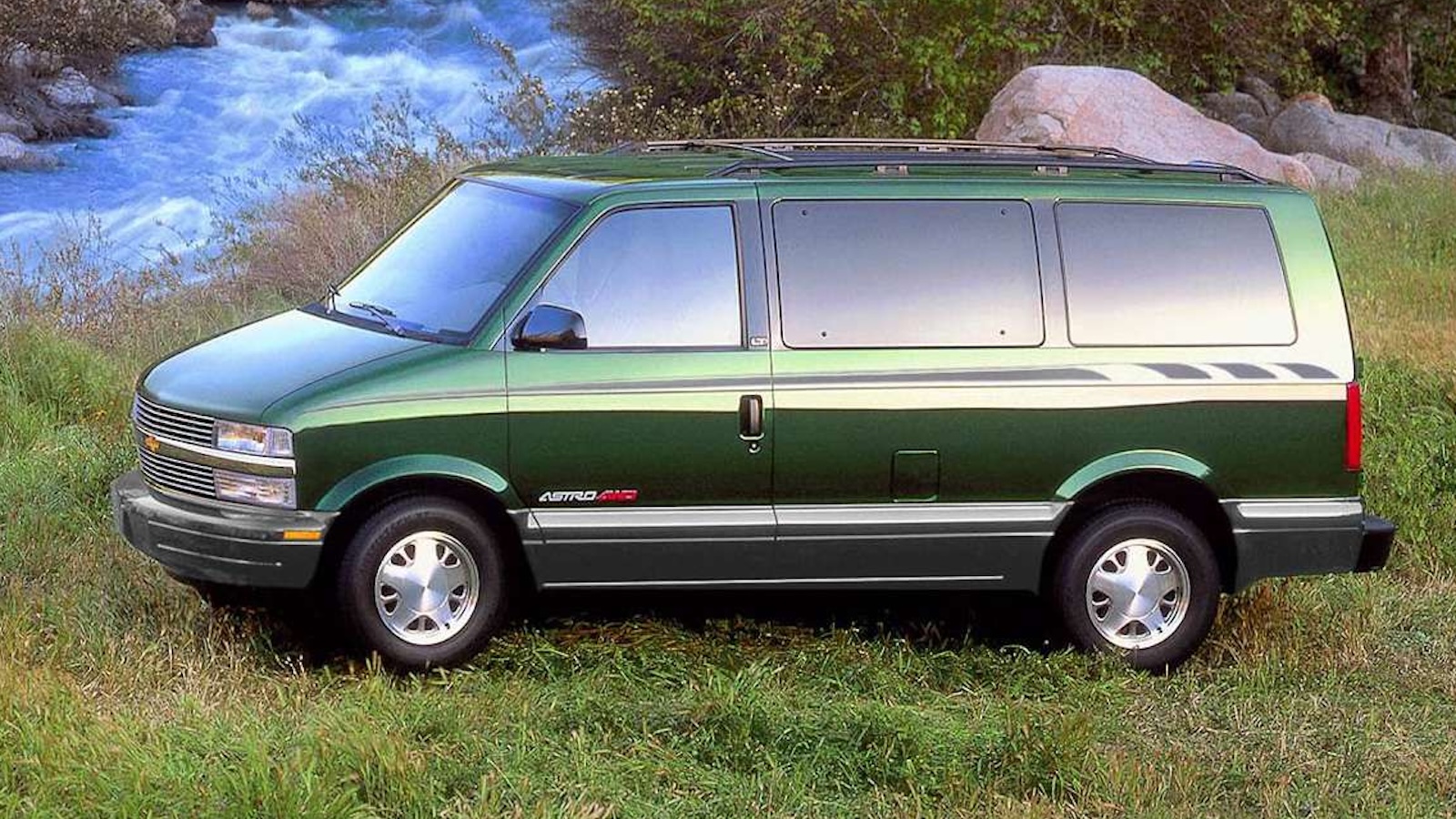
Plus, the all-wheel-drive Astros and Safaris have found a huge following among Van Lifers, because where else are you getting an all-wheel-drive van with a live rear axle and a 111-inch wheelbase that can help get you to the trailhead? It’s basically this or importing a Mitsubishi Delica, and good luck getting every part you need for a Delica from Autozone.
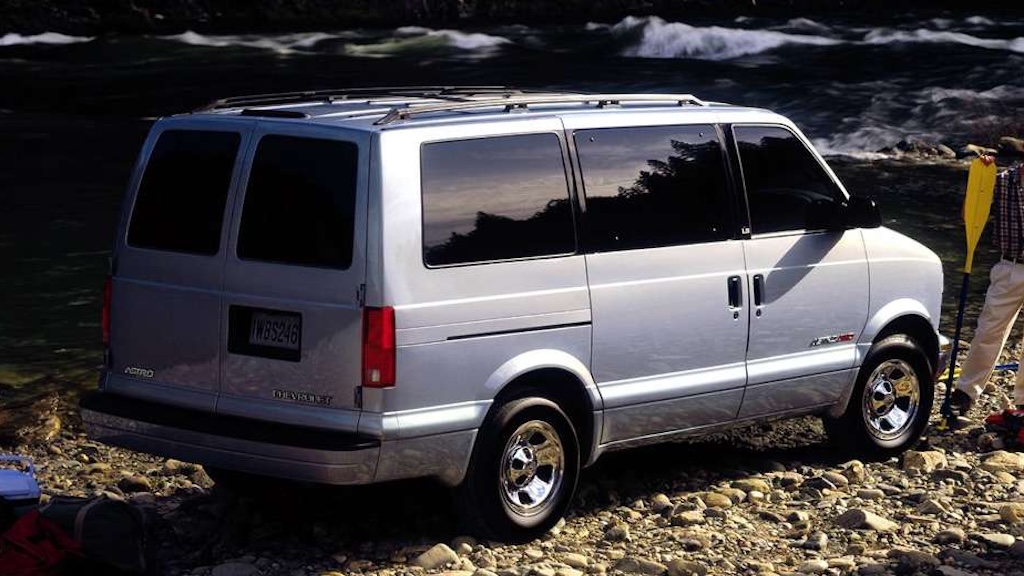
The Chevrolet Astro and GMC Safari failed at beating the Chrysler minivans, but they absolutely succeeded at giving hard-workers and adventurers a cheap, tough, Goldilocks-sized van that got the job done. Keep the transmission fluid cool, keep up on regular maintenance, and the later ones should last essentially forever. If GM made a modern equivalent, would it sell? Maybe. There really hasn’t been a true modern equivalent, and with regular consumers having surfed the SUV wave of the ’90s into the crossover-mania of today, the heart of the original Astro market is exactly where a new one could work. However, the age of automotive simplicity is over, and simplicity is what helped the Astro and Safari become enduring machines. Either way, GM ended up creating just about the perfect van for America here, which explains why people still keep them around today.
Top graphic image: Chevrolet
Support our mission of championing car culture by becoming an Official Autopian Member.





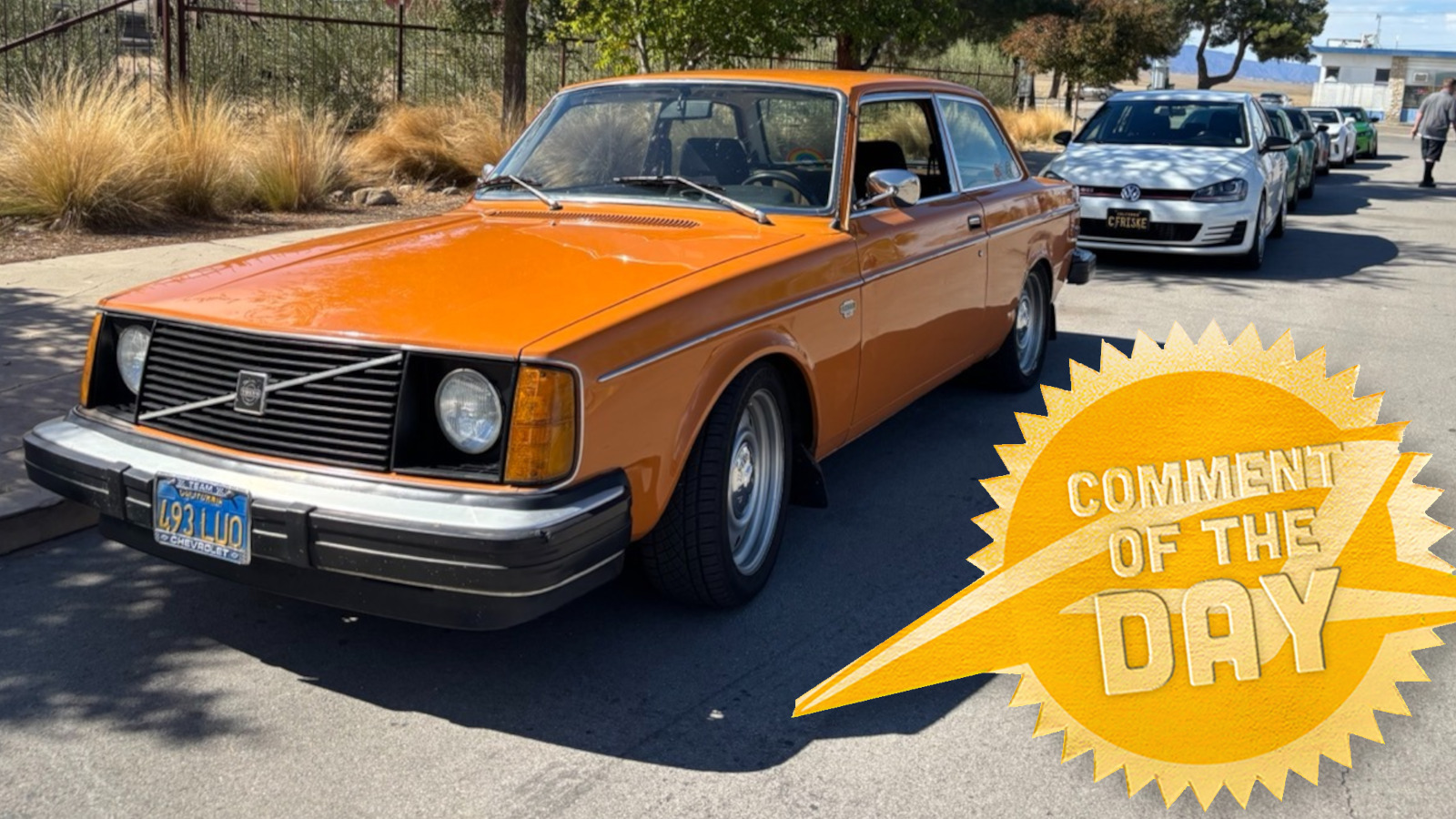
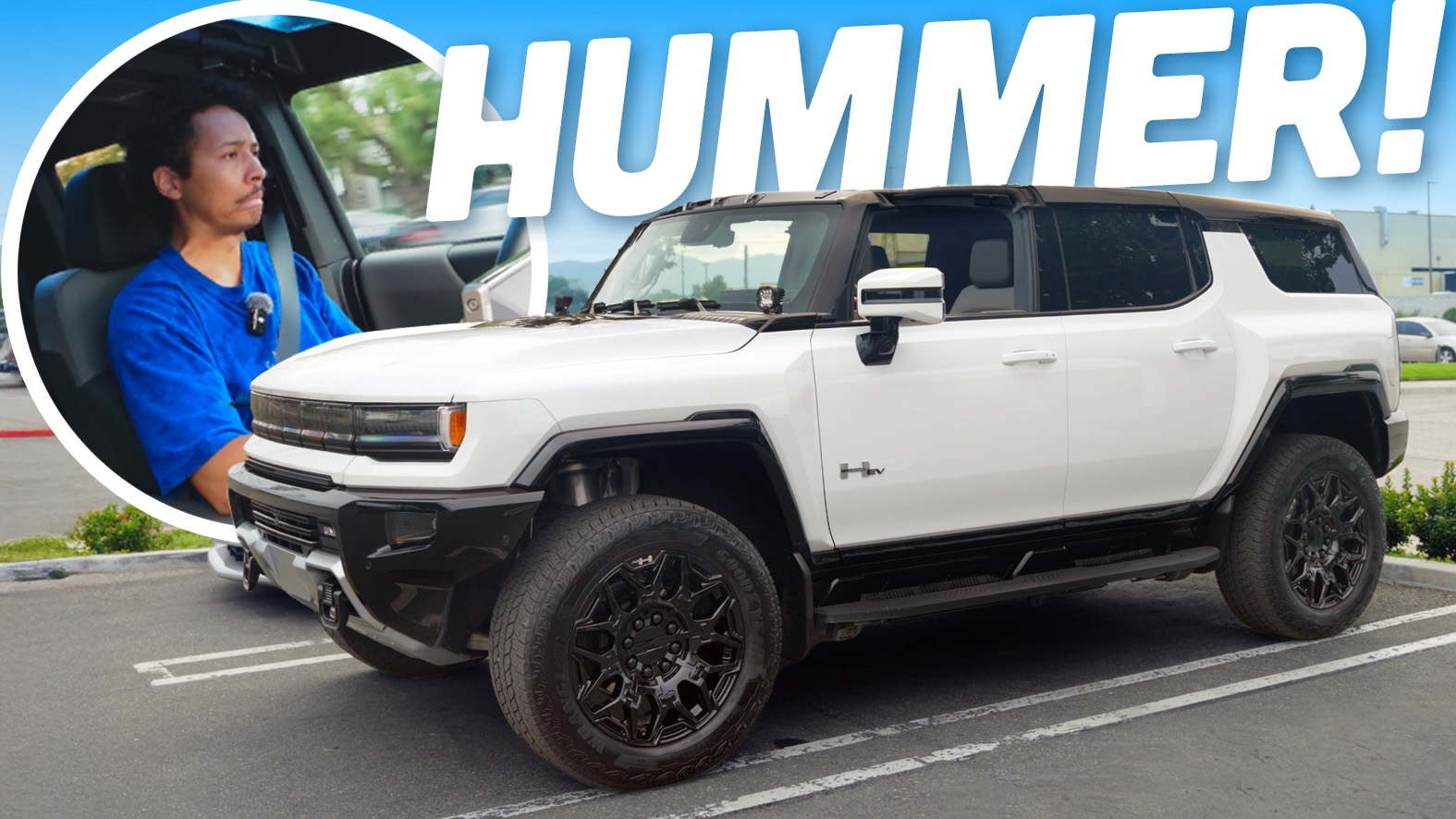
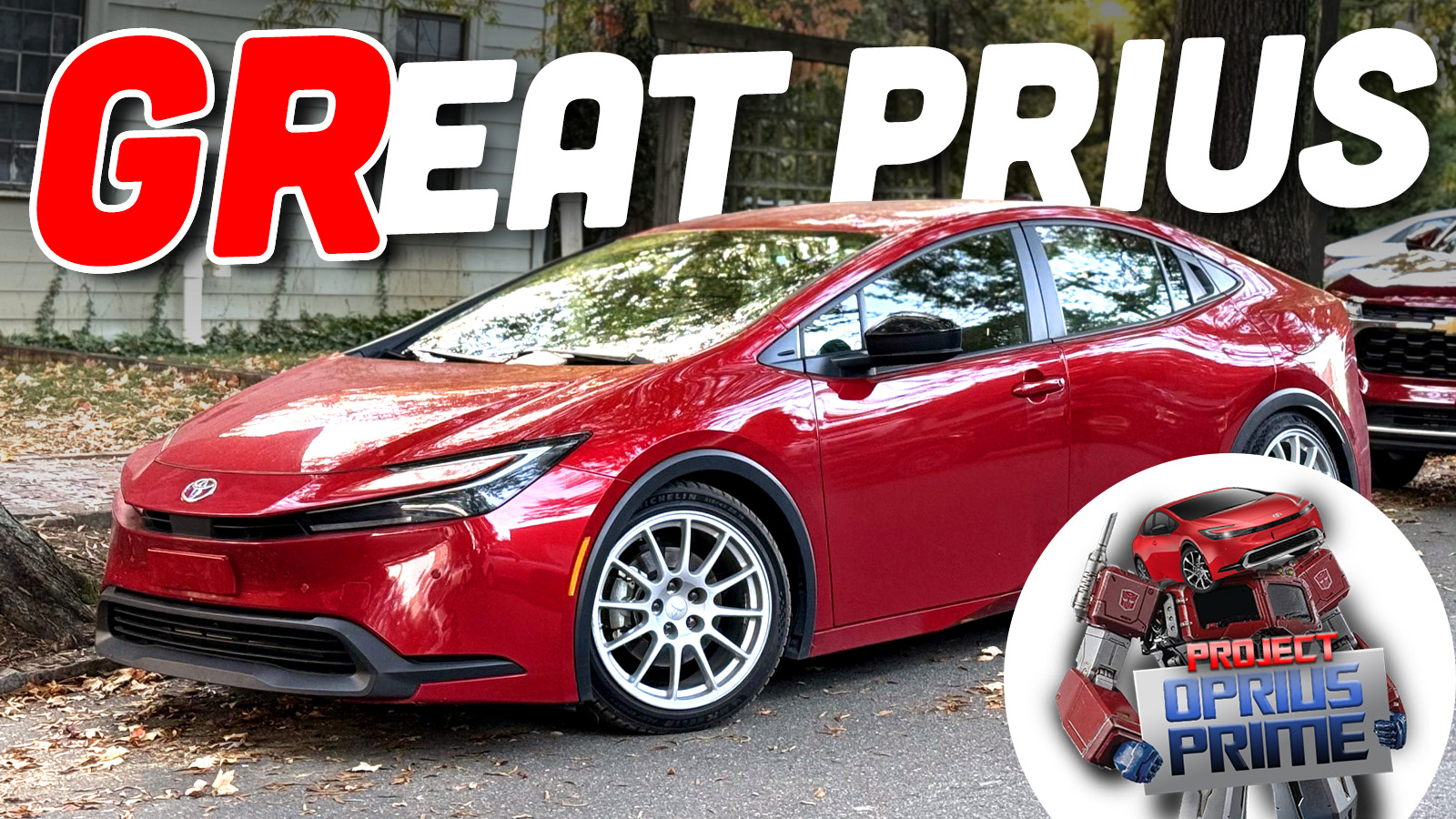
My parents never owned an Astro, but back in the early 90s grandpa’s business owned a couple cargo vans where I spent some time in, while some relatives owned the passenger version as well as at least three elementary school friends whose moms owned pre-facelifted Astros. None of these examples ever had any catastrophic failures. Two of those Astros were still in their families way into high school.
A co-worker has owned 2002 AWD for 10 years. He says he’s keeping it forever and turned it into an overlanding rig with 31″ A/T tires, rear locker and a bull bar. He refreshed the engine despite it still being in good shape but he wanted to have everything sorted out for many years to come.
Strong following is synonymous with these.
I remember working for a company that had a both a pre- and post-facelift model. If I remember correctly, they did something with the facelift that helped with the footwell, at least on the driver’s side.
I was told these Astro / Safari vans were very popular with the car audio crowd as they had a perfect shape to make those big subwoofer builds.
Our IT dept. had a GMC Safari for a shop vehicle for 15 years. We absolutely hated the god-damned thing. It was ugly, it stank, and at 115K, it was falling apart. We’re glad to be rid of it.
Pardon me while I wax poetic about the greatest machine my family ever owned, our 1998 Astro LS in white with gold bottom stripe and tan cloth interior.
This van was a menace. To others.
There is very little the Astro could do. It carried around three six foot plus teen boys on long trips without complaint. It moved furniture, it took on whatever dirt road you threw at it. It braved storms, flooding, tornados, and a high school kid that needed to carry the entire cast of the Spring show to the cast party. Over a decade, that van never complained. Never needed major service. It worked. It had soul. The day it was replaced with a Fusion Titanium with the Ecoboost and moved on to it’s next life as a maintenance van was a truly sad day. I mourn that van.
That van is the reason I don’t feel so bad driving a German SUV as my family car. I know that whatever lovely, incredible, tech heavy, surprisingly fast, mini-van I could go buy today wouldn’t compare. I’d always compare it to the Astro that outlived the Odysseys, Siennas, Town & Countries that family members owned. A true legend, never to be seen again.
These things were tough as nails.
My friends had a ’98 Safari that around 2009, with 480,000km on the odo, we took that van from Canada, through the hills of Vermont with 4 dudes, picked up two Gold wings, and towed them back without issue (well, we lost a wheel bearing on the trailer half-way, but that’s not the van’s fault).
They sold that van a few months later for a cool $1700, even with half a mil on the clock.
I had an older Safari that went over 300,000 miles with minimal maintenance, just regular stuff. Loved that van. After that I bought a newer one and customized it.
I always think of that ad they aired with the Astro driving through space. It was before my time but I got into an automotive ad kick on YouTube some years ago. That and the magician (also before my time) selling the Plymouth “Magic Wagon” Voyager ad are probably the most memorable to me.
CHEVY.
CHEVY.
ASTRO!
ASTRO!
Got pulled over going 96 mph in Montana when the speed limit was “reasonable and prudent” driving a mid-90’s Safari. Was driving south on 15 in the middle of nowhere, 7AM, day after St. Paddy’s day. Also, St. Paddy’s day in Butte is next level crazy. Stories. Must have been spotted by aircraft or automated speed gun because there wasn’t a cop around for miles. Then, suddenly one pulls on to the Interstate ahead of me just in time to intercept.
I had her up to low 100’s earlier, effortlessly. Wasn’t trying to speed. Just when you’re going straight for hundreds of miles on a clear day with nothing in front of you and perfect visibility, speed starts to feel irrelevant.
Another fond memory. Drove from LA to New Orleans for Mardi Gras 36-hours straight without stopping with two of my other good friends from college. Made a few stops along the way for food and gas. And, of course, on the way back I got pulled over for going 5-miles over the speed limit in Pomona, CA in the carpool lane during rush hour traffic. For reals. I was going with the flow of traffic and it was quota day.
Part of me wants to pick up an AWD version and turn it into the ultimate stealth camper. It’d be the perfect vehicle for it, too.
I had a 1985 safari van for my business. Only option was air conditioning. It was reliable and completely trouble free. When my business started making money I purchased a 1989 Astro RS…. With every option possible, right off the showroom floor. That van was the opposite in every way, constantly broke, I think it was haunted. The absolute worst vehicle I have ever owned.
The duality of
manvan.Many years later we owned a Ford aerostar and a Toyota le 4×4 van… The aerostar was completely forgettable, it excelled at nothing. The 4×4 (the real 4×4 not the soccer mom version) was everything the vanagon was not. The toaster wins the day!
I had one of these as a company vehicle for a bit. I think it was a ’99, the light brown color, and the shorter wheelbase but with AWD. I really wanted the pewter one that a coworker had, but mine was a higher trim so it was nicer inside. It was pretty good for what it was, but it sure drank fuel.
I had the pleasure of putting miles on a V6 Astro when it was still new-ish and on it’s first transmission. It was stable at warp speeds, would do hellish burnouts (I was young!), and was a pleasure to drive. I’ll miss them.
There is an entire category of vans of this size that is simply not sold in the US. E.g. Ford Tourneo. I think this platform could have been as durable and profitable for GM as the full-size G vans still are if they had redesigned the body structure for better crash protection.
The last few years of these vans that have the GMT 800 suspension hardware and styling updates. These things look super good looks very current today 20 years later.
I had three in succession. Not bad, and replaced the engine in the last one at 175K miles. My use was Swiss Army Knife. Daily driver, Home Depot runs, people hauler, road tripper. Pretty good on the first three, no so much as a VanCamp base.
No need for a revisit: now replaced by the 144″ wb Mercedes Sprinter high roof. Fits in the same parking space, MUCH easier to work on (and not just for the full hood instead of doghouse engine enclosure,) an incredible tabula rasa for a DIY Van Camp setup and 175K on the ODO is just getting started. Rubber floor just makes sense.
My parents had an ’88 Safari- pretty solid, and they regularly towed a travel trailer behind it- a 24-footer if I remember right.
For me the Chevy Astro van will be the van of Disneyland trips. We were friends with a family who had one and we would all get together every year to do a socal amusement park vacation in the summer. My family didn’t have much money but Disneyland was actually affordable in the 90s.
I always smile when I see one on the road. Though admittedly, I can’t remember the last time I did.
I loved my Safari. Went all over with it. It could tow..got decent gas mileage..just loved it. Finally had to drive it to the crusher. we sat together and had a moment. I kinda wept.
Just saw a super clean Astro in traffic yesterday. Made me happy to know they’re still out there.
Sadly, when production of the Astro ended, that also ended 70 years of automobile production in my hometown of Baltimore. The GM plant there was about three miles from my first house, and I can remember when it was churning out vehicles. They sold it to a developer, who knocked it down to build yet another “industrial park.”
When I was about sixteen, my parents bought a new ’87 Astro van to replace a ’74 Suburban that had about 300k miles on it. It was the first car they had with AC. It still had roll-down windows, however.
It was a very practical and reliable car. Though I do remember that it was the worst thing I have ever driven in ice/snow. The short wheelbase and high COG over an RWD platform made handling a nightmare on slick surfaces. We once did a 720º after tapping the brakes slightly, going down an icy hill.
The open rear differential was a big problem on a vehicle with zero weight over the rear wheels. I once got stuck because I had parked along a curb, and after about 1″ of snow, there wasn’t enough traction to get the thing to make any progress against the slight crown of the street. I could go forward and back, but not left, which was a problem since there were cars ahead and behind.
My brother-in-law bought the van from my parents when it had about 200k on it, and he drove it back to the very rural town in Mexico where he grew up and sold it. About a year later, when I was visiting, I saw it rumbling through the town with about half a dozen goats in the back. That van had a good, long life.
20ish years ago I worked in sales for Coca-Cola. We had a fleet of these cargo vans that we used, and they all had 150k or more on the clock (I think my personal one had 250k). They took an incredible amount of abuse and just coming back for more – the fleet was not respected at all but with regular maintenance they just kept working.
Was it a great driver? No. Was it great at what it did? Absolutely.
We have at least two of these still tooling around in my little town. One of them is a an older guy who still uses his as a work vehicle. I find it interesting that with trucks the mid size truck took the market over from the compact. But with vans, these were the end of the evolutionary tree.